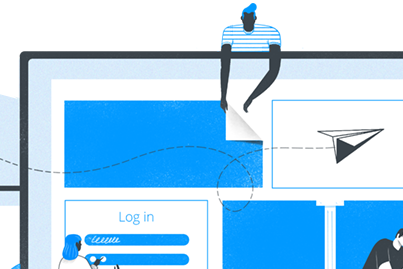The importance of tracking training
Talented employees are the foundation of any business
Without a skilled and motivated team, your company wouldn’t thrive – so tracking their productivity is really important. This doesn’t mean watching employees to see if they're behaving, it means working with them to keep motivation high and establish goals for improvement.
Tracking CPD is a great way to monitor the effectiveness of your in-house training – but it should also be a vital part of your employee agreement. Paying a keen interest in how your staff are progressing will help promote a positive company culture, and will help boost your business too.
We've outlined the five major benefits tracking training can bring to your business.
1. Industry compliance
Making sure your staff stay up-to-date with industry standards is crucial. It will help ensure all staff are competent in their role and will protect you from any potential liability if something goes wrong. With a robust competence management system you can track all learning online, generate reports to see which licenses are up for renewal and complete all training sessions in one system.
2. Motivated employees
It's a fact – employees who are set attainable targets work harder to achieve them. That's why setting a personal development plan for each member of staff is extremely beneficial. It may take a little time to set up, but employees will really appreciate the feedback and work hard to improve any problem areas. This not only helps employees grow more confident in their own ability, it will boost productivity across your company too.
3. Recruitment
Do you know how much your company spends on recruitment? From job adverts to interview time, the cost of hiring a new member of staff is pretty high – no matter what business you're in. By tracking each employee's progression you can assess your company's strengths and schedule in-house training to fill any skills gaps – saving money on recruitment.
4. Assess output
By monitoring how employees perform in their training, you can assess the strengths and weaknesses for each member of your team. This will come in handy for group projects and recruiting new staff.
5. Common goals
When your company has put it’s training tracking system in place, everyone in your business will start working together as one. Employees will know where they stand and senior management will know how to support their team more effectively. This will boost productivity across the board and help staff to establish new goals and perform together as a unit – the ultimate achievement for any company.
This article includes research and opinion sourced by OneFile at the time of publication. Things may have changed since then,
so this research is to be used at the reader's discretion. OneFile is not liable for any action taken based on this research.


